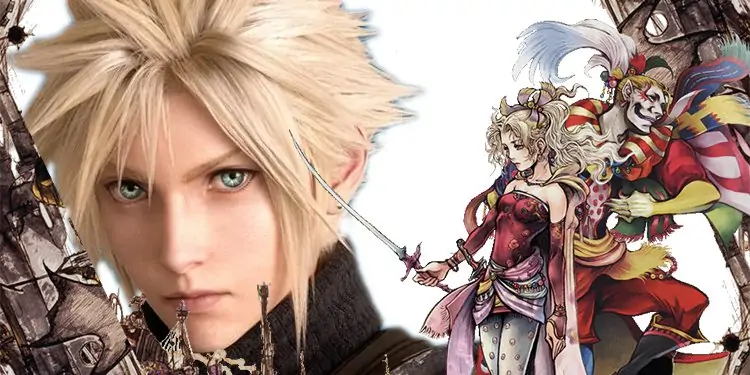“Sin is Jecht.”
Final Fantasy is the acclaimed Japanese anthology sci-fi media franchise. The household name includes about 103 games, various animated films, a short anime series, manga, and other media.
We’re looking at the 15 titles that make up its core series. Main series games are numbered, and the number goes from 1 to 15. On top of these, we’re adding the relevant sequels and remakes. The total number of main Final Fantasy games is 21.
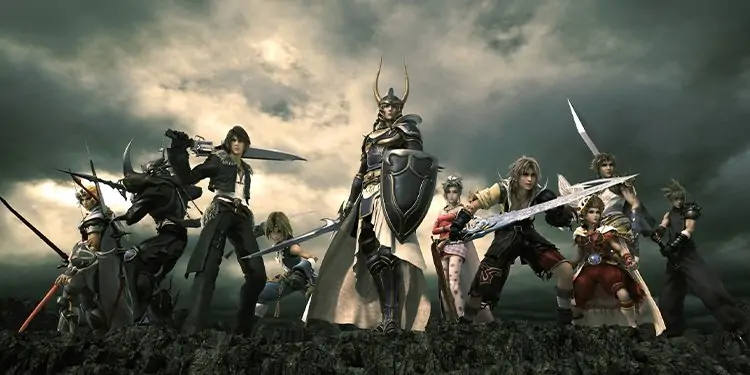
Final Fantasy Games in Order
The anthology series started in 1987 with the original Final Fantasy for NES.
Since then, Square Enix has been both the developer and the publisher. Each entry re-works the game’s core RPG elements to deliver something fresh and different. Moreover, each entry offers an original story, original music, and original characters.
The franchise’s contribution to the RPG industry as a whole is immeasurable. Some of its best titles, like FFI, FFIII, FFVII, FFX, FFXIII, and FFXIV, have significantly advanced the genre.
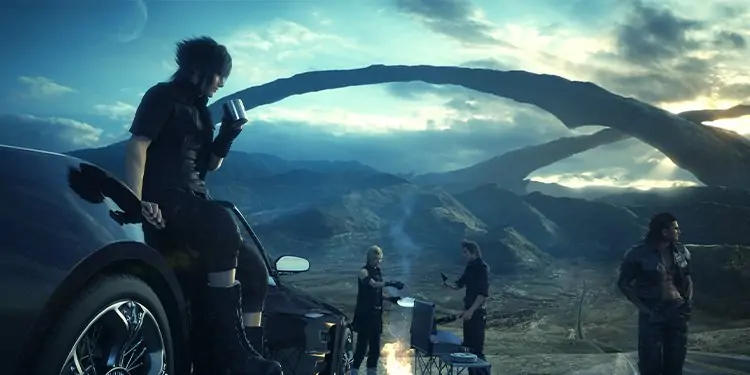
Most FF games have critical and commercial success as well. The series has seen a steady increase in sales. Currently, the main titles have over 164 million sales worldwide.
On top of that, several main FF games are best-sellers of their years or console generations. In particular, FFVII, FFVIII, and FFX are the series’ best-selling titles.
Final Fantasy I -1987
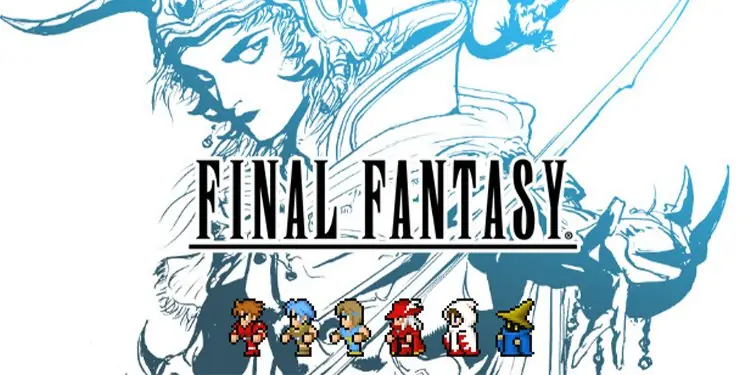
The original Final Fantasy title is a turn-based RPG game by “Square.”
The game debuted for NES in 1987, and there’re various remakes for other consoles. For example, you can find a 2021 remaster on Steam with new audio, graphics, and remodeled 2D characters.
The story follows the Light Warriors, each one carrying one of the four “Crystals.” The Four Elemental Fiends darkened the Crystals, so the young heroes must restore the light to save the world. The party explores and levels up by randomized turn-based combats.
The original game was not intended as a series. However, its success sprawled the Final Fantasy franchise. For that reason, it’s the most influential RPG Nintendo has ever had.
Final Fantasy II – 1988
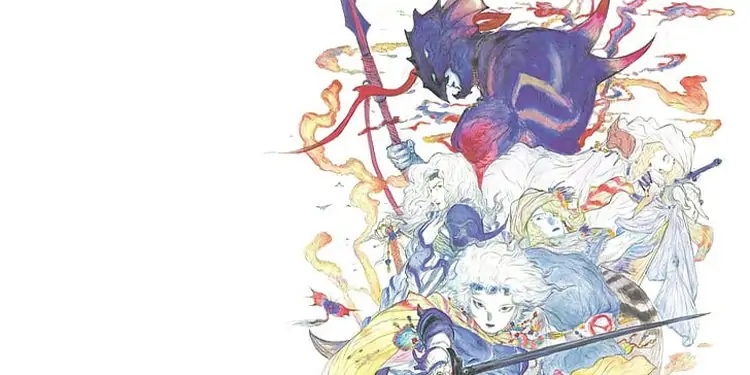
Final Fantasy II debuted in 1988 for the “Family Computer,” a Japanese-only NES version.
The game didn’t premiere outside of Japan until many years later. In fact, FF IV debuted in the USA and Europe as FFII. Currently, you can find a remastered version on Steam, which is also part of the Final Fantasy Pixel Remaster Series.
The story centers on four young orphans. They lost their parents during the war when the Palamecia Empire invaded their hometown. The characters join a rebellion against the empire.
The game introduced a staple of the series, “Chocobos,” and the Easter Egg “Cid.” Also, it changed the XP leveling system for an activity-based progression. The latter means characters evolve according to the skills they use and acquire.
Final Fantasy III – 1990
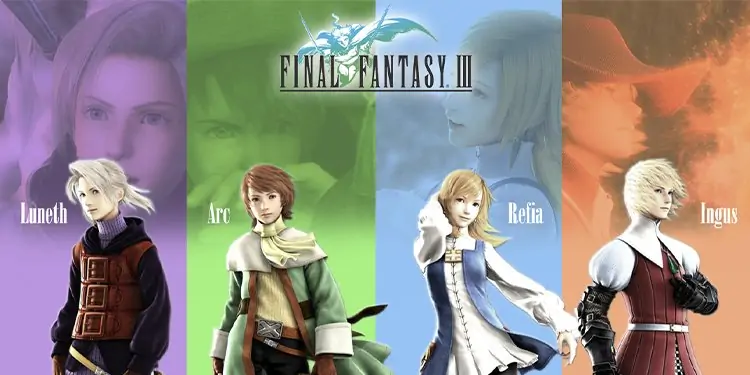
The third entry debuted for the Family Computer in 1990. The first time it was released outside of Japan was in A Nintendo DS remake in August 2006.
Currently, you can find it on Steam. It’s also part of the Final Fantasy Pixel Remaster Series.
FFIII’s story focuses on four orphans, drawn to a light Crystal. The Crystal gave them powers and instructed them to restore balance and save the world.
The game introduced a job-change system, which means characters could change classes over time.
Final Fantasy IV – 1991
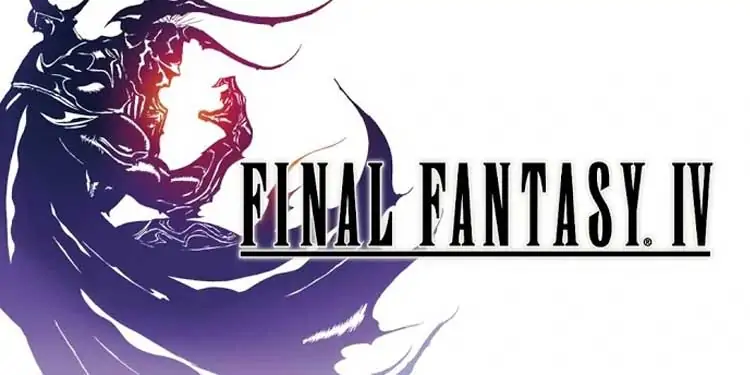
Final Fantasy IV first debuted as Final Fantasy II for Western audiences. Either way, the fourth entry in Square Enix’s series debuted for the SNES in 1991.
There’re many FFIV ports to other consoles, an enhanced remake, and a 3D remake for the Nintendo DS. You can also find it on Steam as part of the remaster series.
The story follows dark knight Cecil. He’s fighting against Golbez, a sorcerer seizing powerful crystals to destroy the world. A group of allies joins the quest to defeat the evil villain.
FFIV introduced the “Active Time Battle” system (ATB), present in other FF games. ATB is a timer that urges players to choose a movement before the enemy attacks. Lastly, the game introduces set classes for each character.
Final Fantasy V – 1992
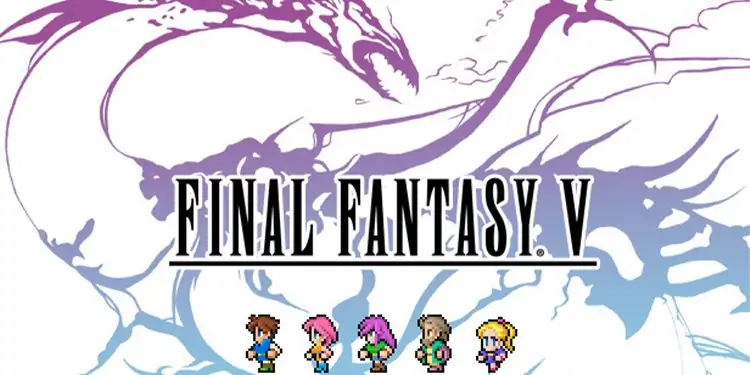
Final Fantasy V debuted in 1992 for the Super Famicom, the Japanese-only SNES version.
There’re ports to PlayStation, Game Boy, and other consoles. In particular, the PS version is one of the console’s greatest hits. Currently, you can find it on Steam.
The game follows Bartz, a wanderer researcher investigating a fallen meteor. There, he learns about the four Crystals that control the elements. The Crystals are also sealing Exdeath, an evil sorcerer. Bartz and his party must prevent the villain from resurging in the world.
The game introduced player customization via an expanded Job System (classes). Also, it’s the first FF to have a direct sequel, although it’s not a game. 1994 anime series Final Fantasy: Legend of the Crystals continued the game events.
Final Fantasy VI – 1994
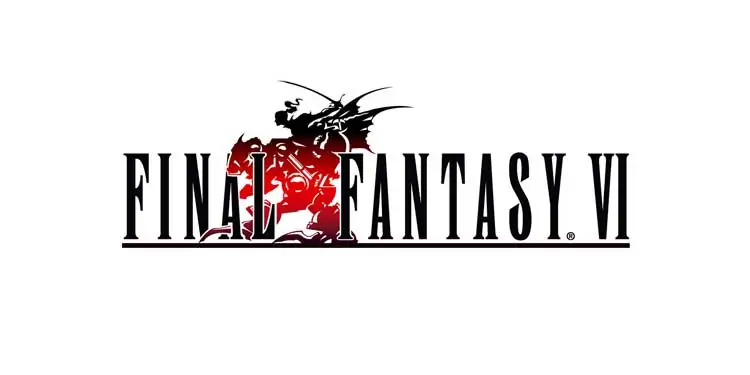
The sixth entry debuted as Final Fantasy III on Western markets in 1992. The original title debuted in the same year in Japan for the SNES.
It’s the first game not directed by the series creator, Hironobu Sakaguchi. Yoshinori Kitase took the role after Hironobu’s departure.
The story follows a cast of 14 playable characters in an Industrial Revolution world. The plot is about a rebellion against a military dictatorship. Contrary to previous games, the overall theme is mature, dark, and violent.
The game also improved the overall graphics, setting, and soundtrack by tenfold. It’s a retro-RPG watershed, part of dozens of greatest-of-all-times games lists.
Final Fantasy VII – 1997
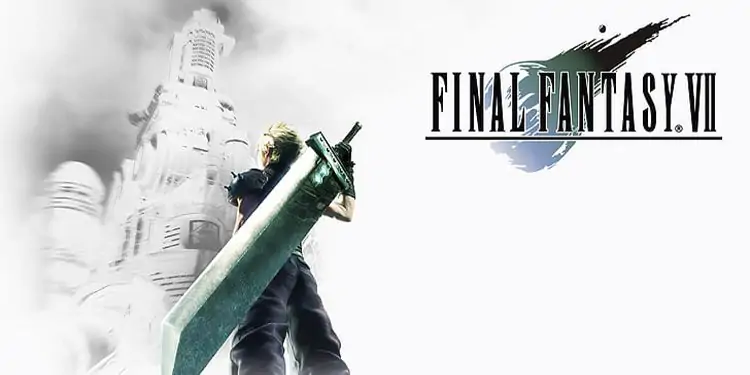
The seventh entry is also one of the series best, another hiatus for the RPG genre. The game debuted in 1997 worldwide for PlayStation.
The game follows Cloud Strife, a mercenary. He joins Avalanche, an eco-terrorist group trying to stop a mega-corporation from using the planet’s life force as energy.
Cloud and the group pursue Sephiroth, a former member of the corporation. Alongside a group of endearing friends, he must find a way to save the world.
Although the game follows the series’ basic formulas, it’s one of the most beloved and successful entries. It sold over 13.3 million copies, and it’s regarded as one of the most influential games ever. Moreover, it won multiple GoTY awards and popularized the RPG genre for consoles.
Final Fantasy VIII – 1999
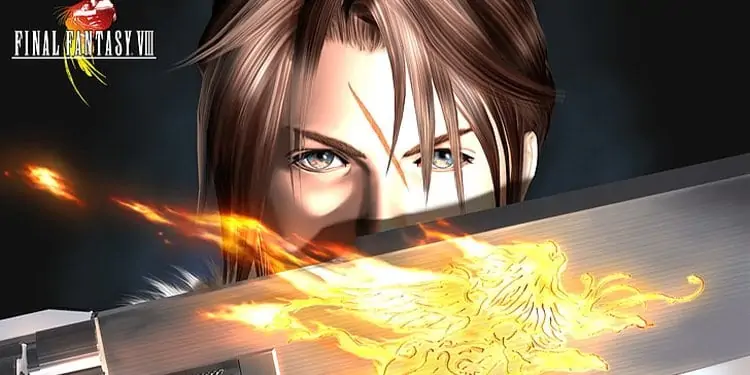
Final Fantasy VIII debuted for PlayStation in 1999. It builds on the visual changes the seventh entry introduces, which includes 3D graphics and pre-rendered sets.
Moreover, it’s the first FF game to have a vocal piece as part of the OST. Other changes include dismissing magic points for spellcasting and realistic proportions for characters.
The story follows Squall Leonhart, leader of a mercenary group. They are in conflict with Ultimecia, a sorceress. However, the game’s main focus is Squall, as he struggles with his roles as leader, companion, friend, and lover.
Final Fantasy IX – 2000
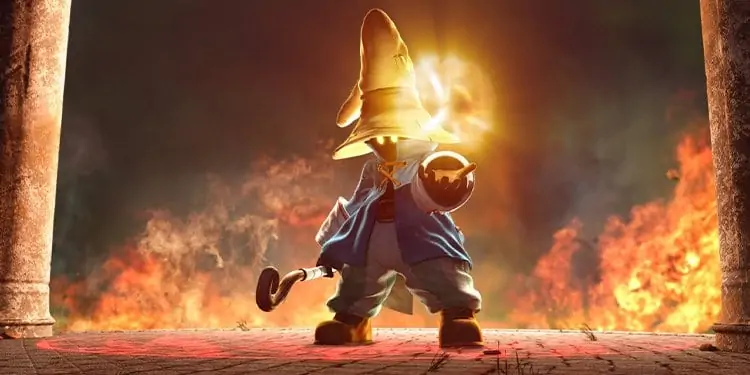
Final Fantasy IX debuted for PlayStation in the year 2000. According to many video game lists, it’s known as one of the best games of all time.
Similarly, the game has Easter Eggs, allusions to the rest of the series. Moreover, it introduces new features like “Active Time Event” cutscenes, otherwise known as “Quick Time Events.” There’s also a complex skill system.
The ninth entry features a medieval-style setting, similar to the earlier games. It takes influence from the first FF title. You follow Zidane Tribal, a thief who found himself on a big plot to take down Queen Brahne, ruler of Alexandria, a malevolent force trying to seize the world’s Crystals.
Final Fantasy X – 2001
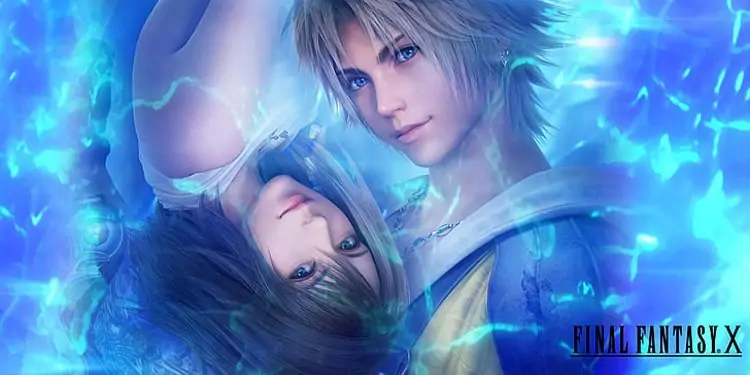
Final Fantasy X debuted in 2001 for PlayStation 2. There’re also HD Remasters for PlayStation 3, PlayStation Vita, PlayStation 4, Windows, Nintendo Switch, and Xbox One.
The game happens in Spira, a fantasy world akin to South Pacific countries. You play as Tidus, leader of a group of adventurers gaming to defeat the monster Sin. Tidus came from another world, the “real” world, but he finds out he, Spira, his father, and Sin have a close relationship.
FFX introduced many gameplay elements. In particular, every character shares the same passive three. The three was a massive grid, and each character started in a different position, which represented a class. In time, though, a character’s path could overlap another class.
The game is also one of the greatest titles of all time. It’s also my personal favorite.
Final Fantasy XI (ONLINE) – 2002
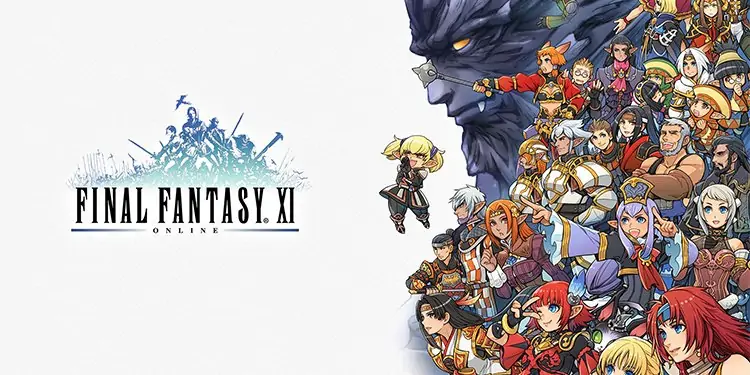
Final Fantasy XI Online is an MMORPG. It debuted in 2002 for PlayStation 2 and Windows. It was the first MMORPG to offer cross-platform play.
The game has evolved steadily since its debut, even if Square Enix is placing more focus on FFXIV.
The game is still running and receiving fair developer and player-base support. You can find it on its official page. However, only the PC version is available.
You play as a warrior of the Crystal in Vana’diel, a fantasy world. You undertake a vast array of quests to progress the plot. Lastly, the story revolves around defeating the Shadow Lord, an entity that commands a legion of demons.
Final Fantasy X-2 – 2003
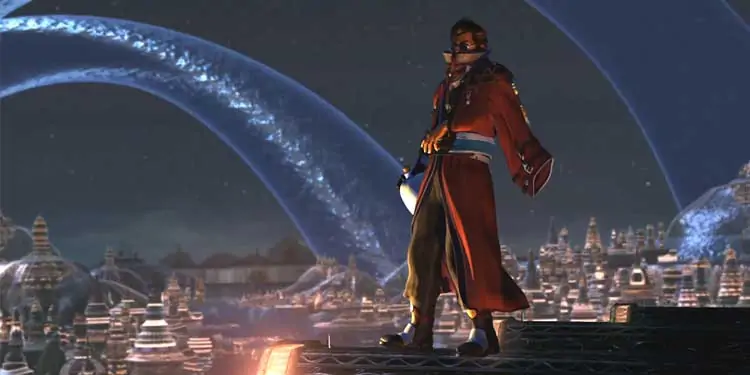
X-2 debuted in 2003 for PlayStation 2. It’s a cannon sequel to FFX, which means it’s the first sequel in the Final Fantasy main series.
The story continues with former co-protagonist Yuna, as she searches for Tidus after the last battle.
The game adds character classes, multiple endings, and a ludicrous spell system.
Final Fantasy XII – 2006
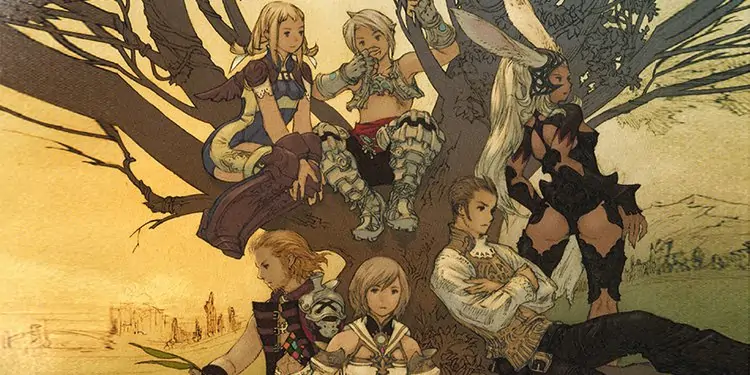
Final Fantasy XII debuted for PlayStation 2 in 2006. The game introduced many novelties, like open-world, a fluid battle system, a controllable camera, and more.
For example, it has a “Gambit System.” It allows players to control the character’s AI during battle. There’s also a “License system,” which determines character abilities and equipment. Lastly, the game has side quests, which revolve around hunting optional bosses in the open world.
The setting is Ivalice, a fictional land where Archadia and Rozarria empires live. There’s an endless war between them, and Archadia conquers Dalamasca, a smaller kingdom. You play as Ashe, Dalmasca’s process leader of a resistance movement against the Archadian Empire.
Currently, FFXII – The Zodiac Age is available on Steam. It’s a PC remaster that enhanced the Job system.
Final Fantasy XII: Revenant Wings – 2007
Revenant Wings is a Nintendo DS sequel for FFXII. It debuted in 2007. You play as former co-protagonist Vaan, a sky pirate, on a treasure hunt.
Final Fantasy XIII – 2009
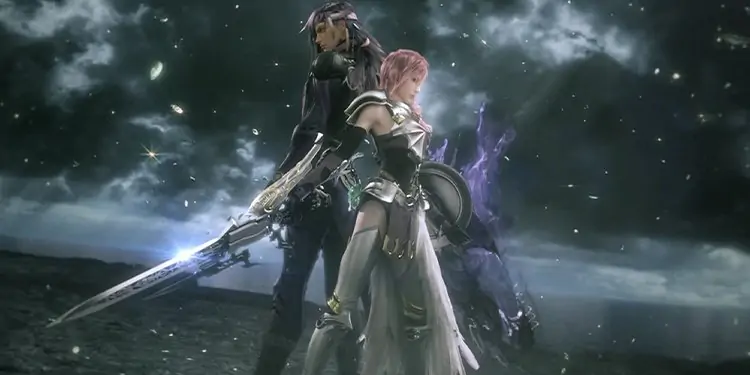
Final Fantasy XIII debuted for PlayStation 3 in 2009, Xbox 360, and Windows. It’s also available for the Xbox One and the Xbox Series via backward compatibility.
The game changed the battle formula and introduced a fast-paced combat system with active-timer elements. Moreover, it overhauled the ability system (“Crystarium”) and the class system (“Paradigm”).
The game follows Lighting, a former soldier. She lives in the floating world of Cocoon, ruled by a deity. When the rulers begin purging the citizens, Lighting and his allies must save Cocoon from the evil Gods.
Hardcore series fans often don’t like XX13. Still, It’s one of the series best-sellers, despite being a “weak” FF title. Perhaps it’s the most casual entry in the franchise.
Final Fantasy XIV – 2010
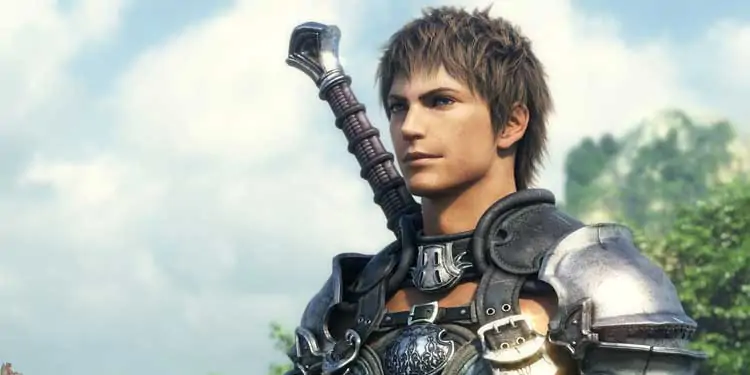
Final Fantasy XIV was a 2010 MMORPG. It debuted for Windows, but it wasn’t very successful on release day.
Either way, the setting is the fictional world of Eorzea. Players take control of a customizable character, explore the land, and participate in a war against the Garlean Empire invasion. Moreover, there’s the threat of the Primals, deities in a war against the Garleans.
The game had a very negative response at launch. Graphics, gameplay, interface, and the overall plot were unfinished. As a response, Square Enix ended subscription fees and postponed console versions indefinitely.
Final Fantasy XIII – 2 – 2011
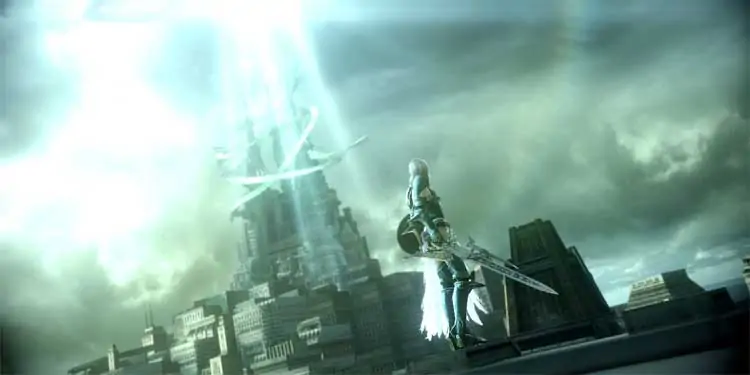
FFXIII – 2 is 2011s FF13 sequel for PS3 and Xbox 360. Studio tri-Ace joined Square Enix to deliver a much better product than before.
The game follows a time-travel plot. It introduces a gameplay mechanic that lets the protagonist, Serah Farron, travel back and forth time.
Serah is looking for her older sister, Lighting, lost in time after her last battle against Pulse.
Lighting Returns: Final Fantasy XIII – 2013
Lighting Returns is the final part of the FFXIII trilogy. It debuted in 2013 for Xbox 360, PlayStation 3, and Windows.
The game revamped the combat gameplay. It’s an action-adventure-oriented game. Moreover, players must complete missions and side quests on time limits.
The plot happens 500 years after the previous title. Lighting awakes from hibernation, 13 days before the world’s end. Once again, she must save the world from its dark fate.
Final Fantasy XIV: A Realm Reborn (ONLINE) – 2013
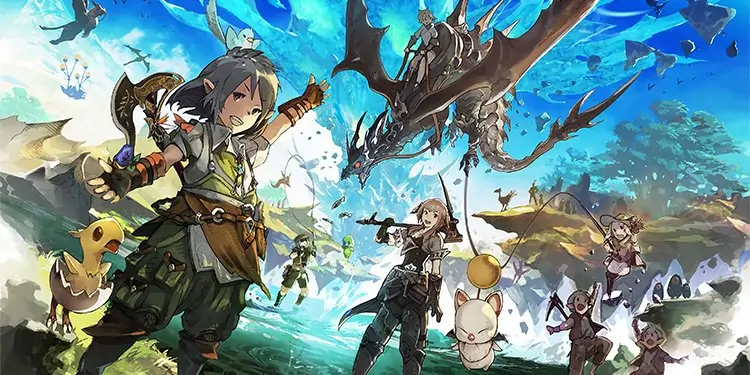
A Realm Reborn premiered in 2013 for PS3 and Xbox 360. It’s currently available for PS4, PS5, and macOS as well.
After the commercial and critical failure of the original game, a new Square Enix team overhauled the title. As a result, the 2013 version debuted in place of the 2010 premiere.
The “new” game fixed most of the issues that plagued the MMORPG. Moreover, it added new content, a new game engine, and better server infrastructure. More importantly, the team revamped the gameplay, the story, and the interface.
The plot is largely the same, though. Your avatar joins the war against the Garlean Empire.
Nowadays, the game sits as one of the best and most populated MMORPGs.
Final Fantasy XV – 2016
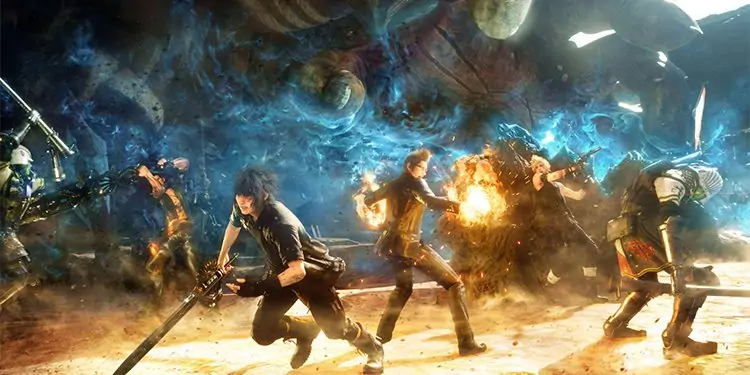
Final Fantasy XV is the last entry we’ve seen in the series. It debuted for PS4 and Xbox in 2016. It’s currently available for Windows as well.
The game features an open-world, an action-based combat system, quick weapon swapping, elemental magic, a vehicle to travel, and camping. Further gameplay elements became available via various DLCs, such as a multiplayer option.
The setting is Eos. The Niflheim empire dominates much of the land. They stole a powerful Crystal from the Lucian Royal family. Meanwhile, you play as the Lucian throne heir, traveling the world to restore the Crystal to where it belongs.
Final Fantasy VII Remake – 2020
Final Fantasy Remake debuted in 2020 for PlayStation 4. It remakes the seventh entry of the series, but it covers the Midgar chapter only.
Either way, everything is new, even the story. You “re-play” the events of the same game as if it were another “timeline,” and mysterious beings are pushing the events towards their original casualties.
Moreover, the game overhauled the combat system. It’s an action game featuring real-time action, strategy, and RPG elements.
Xbox and PC players are still waiting for the proper ports. It debuted as a timed PlayStation exclusive, but there’s still no word of other versions.
That said, there’s a PlayStation 5 version, the Final Fantasy VII Remake Intergrade.
Final Fantasy Games in Chronological Order
- Final Fantasy I -1987
- Final Fantasy II -1988
- Final Fantasy III -1990
- Final Fantasy IV -1991
- Final Fantasy V -1992
- Final Fantasy VI -1994
- Final Fantasy VII – 1997
- Final Fantasy VIII -1999
- Final Fantasy IX – 2000
- Final Fantasy X -2001
- Final Fantasy XI – 2002
- Final Fantasy X-2 – 2003
- Final Fantasy XII – 2006
- Final Fantasy XII: Revenant Wings – 2007
- Final Fantasy XIII – 2009
- Final Fantasy XIV – 2010
- Final Fantasy XIII – 2 – 2011
- Lighting Returns: Final Fantasy XIII – 2013
- Final Fantasy XIV – A Realm Reborn – 2013
- Final Fantasy XV – 2016
- Final Fantasy VIII Remake – 2020
FAQs
AreFinal Fantasy games available for smartphones and tablets?
Yes, there’re various Final Fantasy games for Android and iOS. That includes the original game, FF IX, FF VIII, FF VII, FF VI, FF III, FF II, and FF. There’re also 3D remakes of older games, plus dozens of spin-offs, some of which are free-to-play.
Who Created Final Fantasy?
Japanese game designer Hironobu Sakaguchi created the Final Fantasy franchise. He’s a former”Square” employee, the company that later became Square Enix.
Square Enix holds the rights for the franchise. Sakaguchi left the company in 2003. Currently, he’s working on mobile games for his own company, Mistwalker. Recently, he created the mobile series Terra Battle, as well as Terra Wars.
Why did Final Fantasy Leave Nintendo?
Square moved away from Nintendo during FFVIII’s development. They needed the extra power the CD-ROM format could offer to deliver the game’s pre-rendered sequences. As such, they moved production towards Sony’s platform.
Are There Common Elements Across Final Fantasy Games?
Many gameplay elements and details are present throughout the series. Most games blend sci-fi and fantasy inspired by European, Asian, and Middle-Eastern tales.
The base inspiration creates recurring spells like “Holy,” “Ultima,” or “Meteor.” Other examples include regular “summons” like “Masamune” or reappearing swords like “Excalibur.”
Aside from the classic elements, the core games share other design elements. These include interfaces, art styles, character styles, sound effects, and similar OSTs.
Are There Characters Present in Every Final Fantasy Game?
Each title is a stand-alone experience, happening on entirely new universes with no connection.
Still, the studio has a couple of “recurrent” characters across all titles. The first one is “Chocobos,” the cute and weird bird characters can ride. There’re also “moogles” and “cactuars,” races that serve as the franchise’s pets.
Another one is “Cid,” a human character that appears or is mentioned across most FF media. Every installment features a different “Cid,” though, so it’s more of an Easter Egg. Biggs and Wedge are also common names, but the roles vary greatly.
Lastly, there’s Gilgamesh, a legendary swordsman. He’s often a summon.
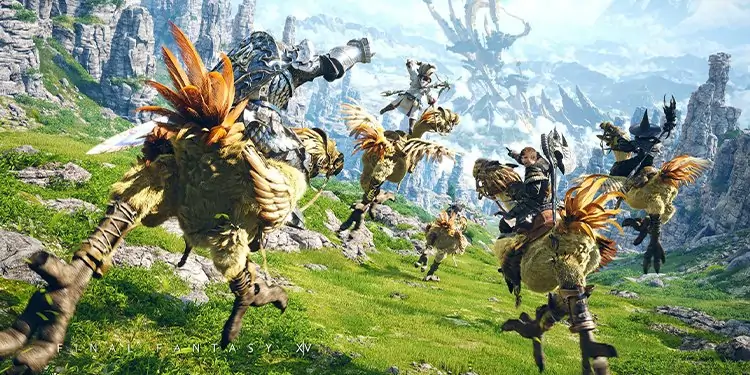
Are There Common Stories Across Final Fantasy Games?
There’re 15 games in the main series, plus various sequels and a remake. Even though each numbered entry is a stand-alone experience, all of them feel like Final Fantasy games.
Common stories include a group of rebellious heroes fighting against an evil organization, evil deities, or evil authorities. The hero is often reluctant, being “chosen” to take part in the story.
Are There Common Themes Across Final Fantasy Games?
Common themes include religious conflicts like the apocalypse. Similarly, some of the best games revolve around a nature vs. technology conflict.
Also, the lore of most games revolves around “Crystals,” “Magic Orbs,” or “Life Forces.” Control over these crystals often drives the plot.
Are There Common Gameplay Elements in Final Fantasy Games?
Final Fantasy games allow you to command a party of characters and progress by exploring and defeating enemies.
In combat, you have commands like “Fight,” “Magic,” “Item,” and some kind of “Summon.” You use a combat interface in battle, albeit every game in the series has different battle systems. However, every combat system revolves around turns, timers, and counters.
Design-wise, FF games are linear. However, they often have an open or semi-open world section where characters can use an airship to travel.

